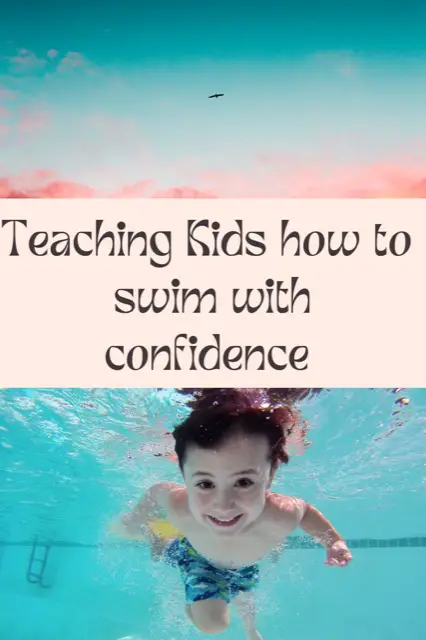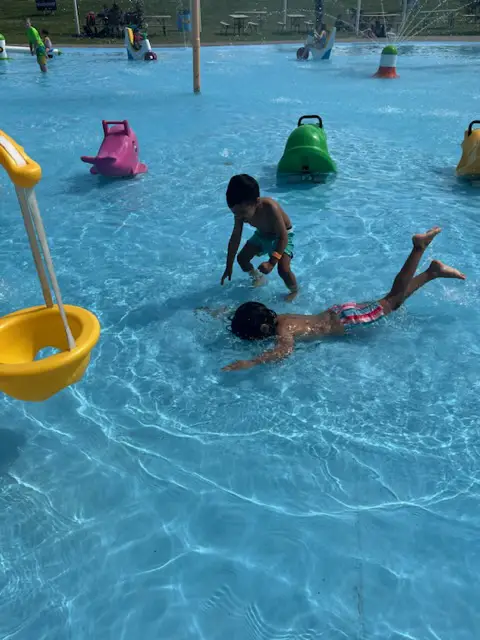Are you ready to dive into the world of teaching kids how to swim? Learning to swim is not only a valuable life skill but also an enjoyable and confidence-building experience for children. In this blog, we will explore some effective strategies and tips for teaching kids how to swim, ensuring a safe and exciting aquatic journey for your little ones.

The Importance of Teaching Kids to Swim
Start by emphasizing the importance of swimming skills for children. Discuss the numerous benefits, such as enhanced water safety, improved physical fitness, increased self-confidence, and the ability to enjoy recreational water activities. Highlight how swimming can be a lifelong skill that opens up a world of possibilities.
Creating a Safe and Supportive Environment
Emphasize the significance of creating a safe and supportive environment for teaching kids how to swim. Discuss the importance of choosing suitable swimming locations, such as shallow pools or designated teaching areas, with trained lifeguards. Stress the need for constant supervision and establish water safety rules to ensure a secure learning environment.
Starting with Water Familiarization
Explain the initial steps of water familiarization to help kids build comfort and confidence. Encourage parents to introduce their child to shallow water and let them splash and play with toys. Gradually progress to submerging their face and blowing bubbles, promoting comfort and breath control in the water.

Introducing Basic Skills and Techniques
Outline the fundamental swimming skills and techniques to teach children. These may include floating on the front and back, kicking, and basic arm movements. Explain each skill step-by-step, offering clear and concise instructions. Mention the importance of repetition and practice to reinforce these skills.
Utilizing Flotation Devices
Discuss the use of flotation devices as valuable tools for teaching kids to swim. Explain how flotation devices, such as arm floats or swim vests, provide buoyancy and assist children in feeling more secure in the water. Emphasize that these aids are temporary and should be gradually phased out as their swimming abilities improve.
Incorporating Fun and Games
Highlight the significance of making swimming lessons enjoyable and engaging. Introduce various games, such as retrieving objects from the pool floor or playing “Simon Says” with swimming movements. Discuss the benefits of incorporating toys, pool noodles, and other props to create a playful and stimulating environment that enhances learning.
Gradual Progression and Building Confidence
Explain the importance of gradual progression in teaching kids how to swim. Start in shallow water and gradually move to deeper areas as their skills and confidence increase. Encourage parents to provide continuous support, praise achievements, and celebrate milestones to build their child’s self-confidence and motivation.
Consistency and Practice
Highlight the significance of consistency and regular practice in developing swimming skills. Encourage parents to schedule regular swimming lessons or practice sessions to reinforce what has been learned and improve stamina and technique. Emphasize that consistency is key to maintaining progress and building upon the child’s swimming abilities.
Teaching kids how to swim is an exciting and rewarding experience that equips them with a valuable life skill. By creating a safe and supportive environment, introducing essential skills gradually, incorporating fun and games, and emphasizing regular practice, parents and instructors can guide children towards becoming confident and proficient swimmers. With patience, encouragement, and a splash of fun, you can make the journey of learning to swim a memorable and empowering adventure for your little ones.



